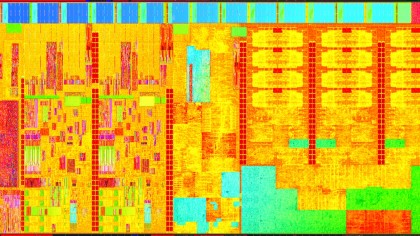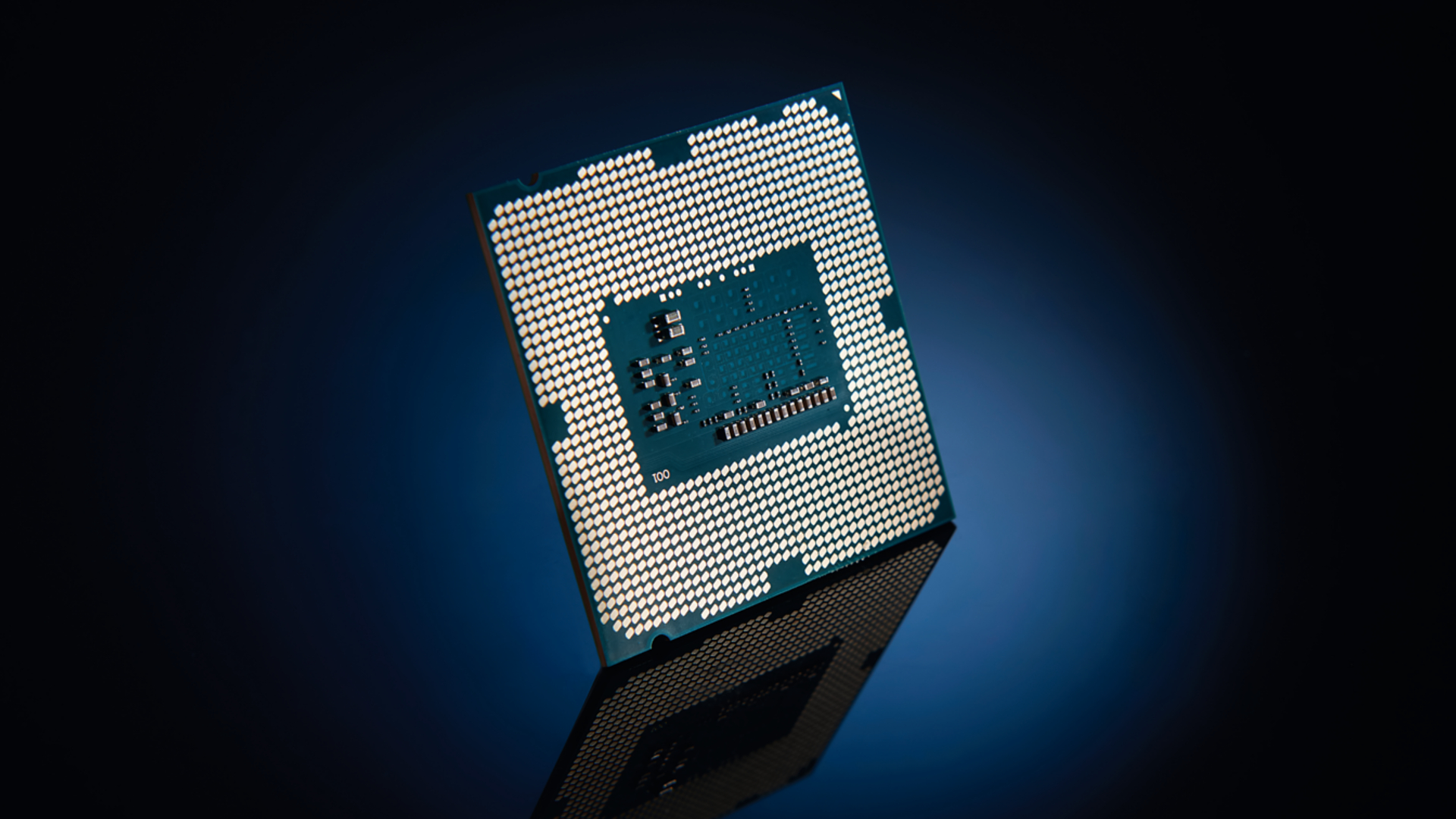TechRadar Verdict
This processor is basically too little, too late, and its performance doesn't impress – neither does the price tag. However, the integrated graphics and power efficiency are undeniably impressive.
Pros
- +
Excellent power efficiency
- +
Impressive low temps
- +
Great CPU graphics core
Cons
- -
Weak processing performance
- -
Really high price
- -
Soon outdated
- -
Last-gen is mostly quicker
Why you can trust TechRadar
Intel's first 5th generation Core desktop CPU, the Intel Core i7 5775C, is finally in our test benches. So, hey there, Mr. Broadwell, what took you so long?
If you were to talk to anyone at Intel, they'd tell you the 14nm Broadwell CPU architecture was released back in 2014. After all, there is no delaying the classic Intel 'tick, tock' CPU design cadence.
And yet, here we are in the summer of 2015 and we've only just got our hands on the first proper Broadwell processors. By 'proper' I'm talking about full-fat, quad-core desktop processors, with capable clock speeds and the overclocking potential we know and love.
Technically though Broadwell was released in 2014. Well, some of it. The Core M, a dual-core, HyperThreaded mobile chip, was officially released just before Christmas with a few more low-powered Broadwell variants appearing in laptops the following spring.
So is this a case of Intel de-prioritising desktop processors and is that more worryingly an indication of the limited range we can expect from the imminent Skylake family of desktop chips?
In a word, no.

Power savings
Broadwell has always been about power saving, so those mobile parts were always going to be the priority. And, as Broadwell has slipped further and further back along the production schedule, barrelling head-long into the next-gen CPU launch of Skylake, there really isn't a need to produce a full range of different socketed processors.
Sign up to the TechRadar Pro newsletter to get all the top news, opinion, features and guidance your business needs to succeed!
To be honest, I'd even argue there's almost no reason to have even bothered releasing a socketed Broadwell CPU at all. Skylake is only a matter of weeks away now and that will bring us bona fide high-performance, low-power chips – that's not something Broadwell in this guise can claim.
Though as a teaser for what Skylake could produce it's definitely worth a look.

Architecture
So what actually is Broadwell? It's the tick to the Haswell architecture's tock.
Decoding Intel parlance that makes it a 14nm production process die shrink on what is still essentially Haswell CPU technology. And with the shrinking of the smallest transistors down from 22nm to 14nm that gives the Broadwell chips some serious power efficiency.
That's why they're first and foremost of interest to the mobile crew.
But they still retain some interest on the desktop for the fact that, along with the new 14nm lithography, you also get the very best in processor graphics in both of the new Broadwell desktop CPUs.
This is the first time the Iris Pro level of graphics has appeared in socketed form, and both this Intel Core i7 5775C and the Intel Core i5 5675C are happily rocking the much-improved graphics core. Compared with the HD Graphics 4600 parts in the latest Haswell Devil's Canyon chips, the Iris Pro 6200 boasts more than twice the execution units (EUs), the Intel spiritual equivalent of Nvidia and AMD's GPU 'cores'.
Elsewhere you're looking at classic Core i7 stats – four cores with eight threads – but because this a 'C' class of chip rather than the classic top-end 'K' series you're only getting a clock speed of 3.3GHz with a max turbo of 3.7GHz. Though both these 'C' class chips are still retaining unlocked multipliers, to aid overclocking.
The top last-gen Haswell chip, the Core i7 4790K, on the other hand boasts a peak turbo of 4.4GHz. It also has a higher level of cache, but an 88W TDP as opposed to the 65W TDP of these latest Broadwells.
